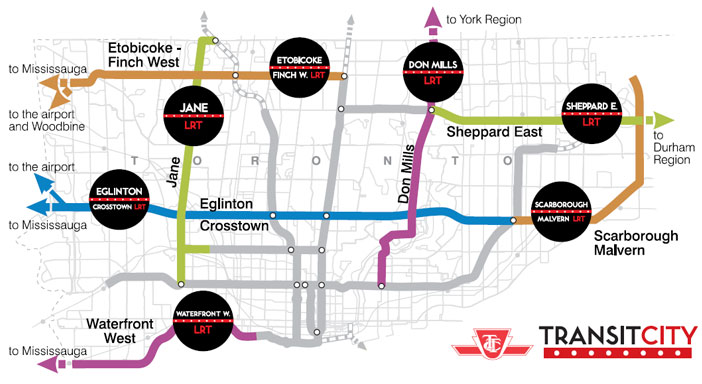The thing is, subways are more expensive at this point and will be in the future, so what do we do?
Electrified GO. You could have electrified nearly the entire GO system for the cost of Transit City, and that would have benefited a hell of a lot more people.





